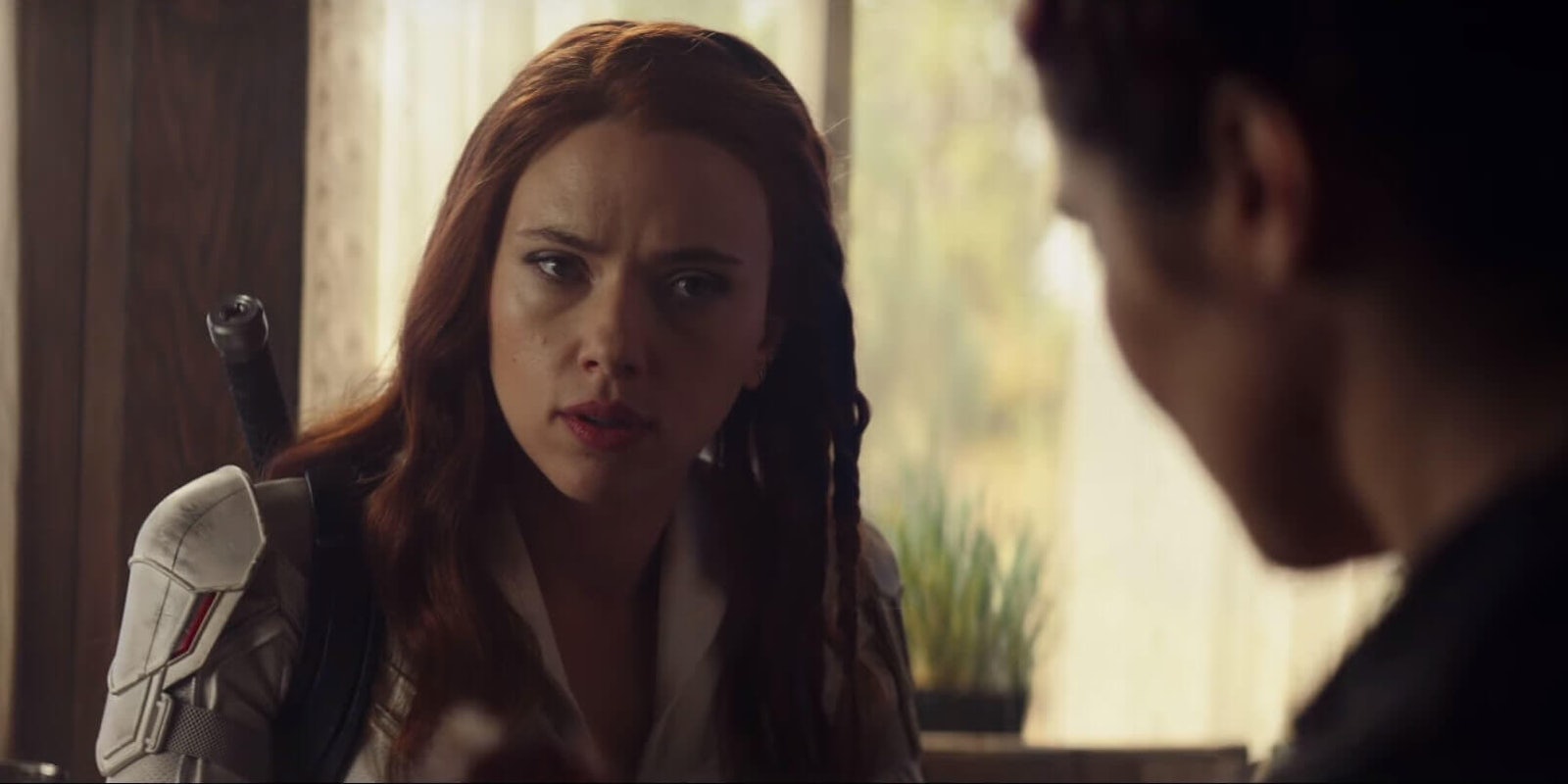The upcoming Black Widow movie is an espionage thriller set in Eastern Europe, tying into her backstory with the Red Room, an agency that trained women to be spies from an early age. Black Widow’s comic book origins are deeply rooted in the Cold War, but in the MCU, Scarlett Johansson’s Natasha Romanoff is too young to have been a spy for the Soviet Union. Or… is she?
Black Widow’s age and backstory are surprisingly ambiguous in the MCU. According to a birthdate shown in Captain America: The Winter Soldier, she was born in 1984, making her 32 or 33 years old at the point where Black Widow takes place. However, she was also allegedly a KGB operative, which complicates her canon timeline from the get-go. The KGB folded when the Soviet Union dissolved in 1991, when Natasha would’ve been seven years old. And while we know she was recruited at a young age, that’s still too young for the whole “KGB spy” idea to really line up. The most likely explanation is simple human error, with Marvel screenwriters failing to give Black Widow a coherent backstory. Fortunately, there’s a lot of wiggle-room for the new movie to retcon Natasha’s childhood, because her “official” records could easily be false. She could be much older than she looks. Superhumanly so.
In many of the comics, Black Widow has an extended lifespan due to biological enhancements during her Red Room training. In fact, Marvel’s main “616” universe puts her birthdate sometime in the 1920s. This allows her timeline to overlap with the Winter Soldier during the Cold War and gives her a Soviet backstory while explaining her youthful appearance in the present day. (In her earliest appearances in the 1960s, she’s a Russian spy who sometimes works with the Avengers, later adopting her famous red hair/black catsuit aesthetic in 1970, along with a more superheroic role.)
As things currently stand in the MCU, Natasha Romanoff is a thirty-something who had a very active youth in post-Soviet Russia, initially brainwashed by the Red Room before defecting to the U.S. in her twenties. She first appears in Iron Man 2, when she’s (supposedly) 26 years old, and already an established S.H.I.E.L.D. agent. This would require all of Natasha’s Red Room spy backstory to happen before her early twenties. Which brings us to the new Black Widow movie, introducing three key individuals from her past: her “sister” Yelena Belova (Florence Pugh), an older Red Room spy called Melina Vostokoff/Iron Maiden (Rachel Weisz), and the Russian supersoldier Alexei Shostakov/Red Guardian (David Harbour).
Red Guardian’s costume has a great big Communist star plastered across the chest, tying into his comic book origins as a Soviet version of Captain America. David Harbour and Rachel Weisz are enough old enough to play young Cold War veterans, but they’re cutting it close. Meanwhile, Yelena is presented as Natasha’s contemporary, although Florence Pugh is 23 years old, and Scarlett Johansson is 35. It’s not unusual for actors to play different ages (Pugh briefly plays a middle-schooler in Little Women this year), but this would all make a lot more sense if these characters are at least a decade older than they look.
On a basic thematic level, a Cold War backstory is a better fit for Black Widow than a callback to events that happened less than 20 years ago. Unless, of course, the MCU has a radically different alt-history timeline to our own universe. No one expects Marvel to deliver a historically insightful examination of Cold War politics, but it would be an interesting move for Black Widow to show how the Red Room might have altered the course of history, giving us a timeline where Soviet supersoldier programs were still around in the late 1990s.
READ MORE:


